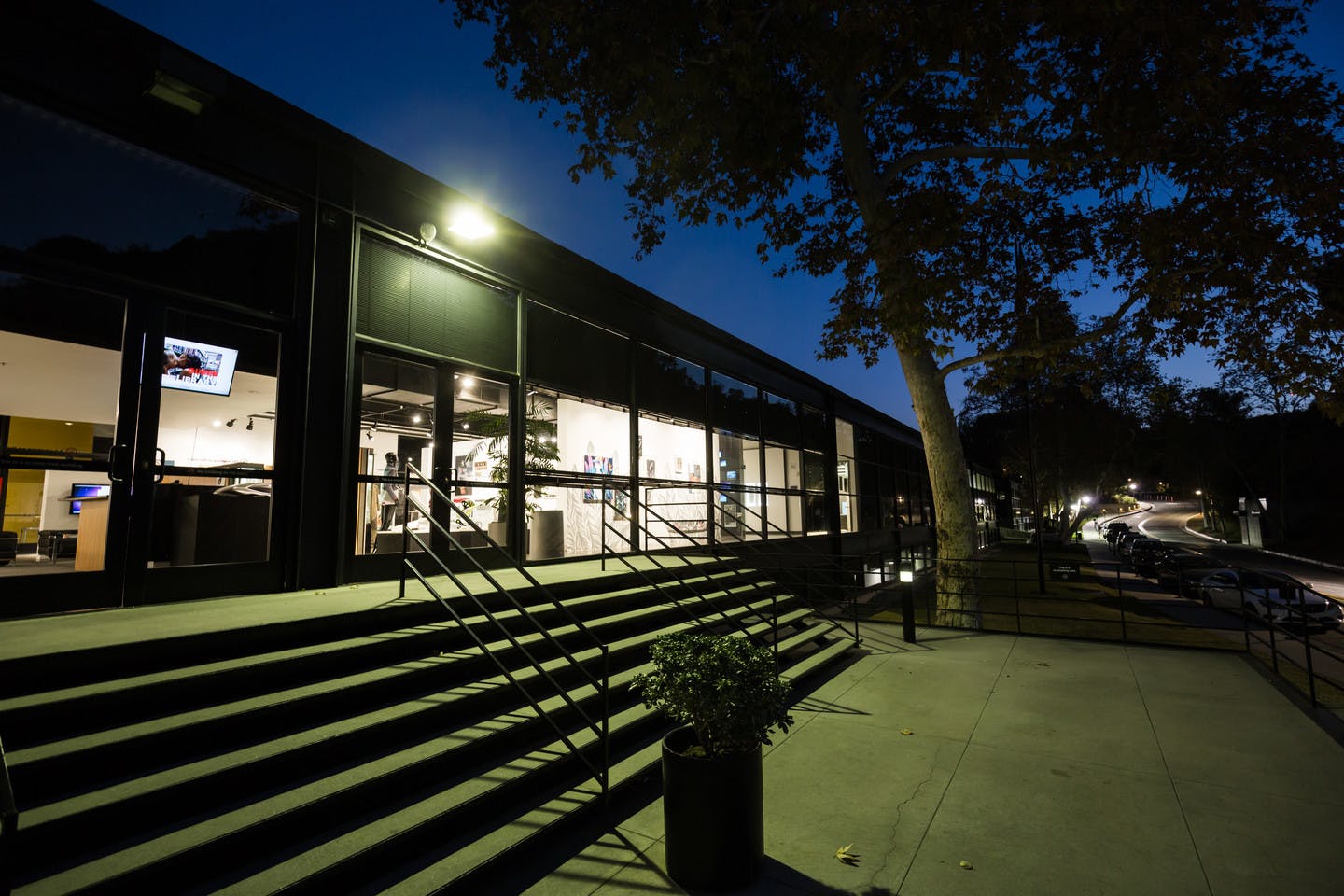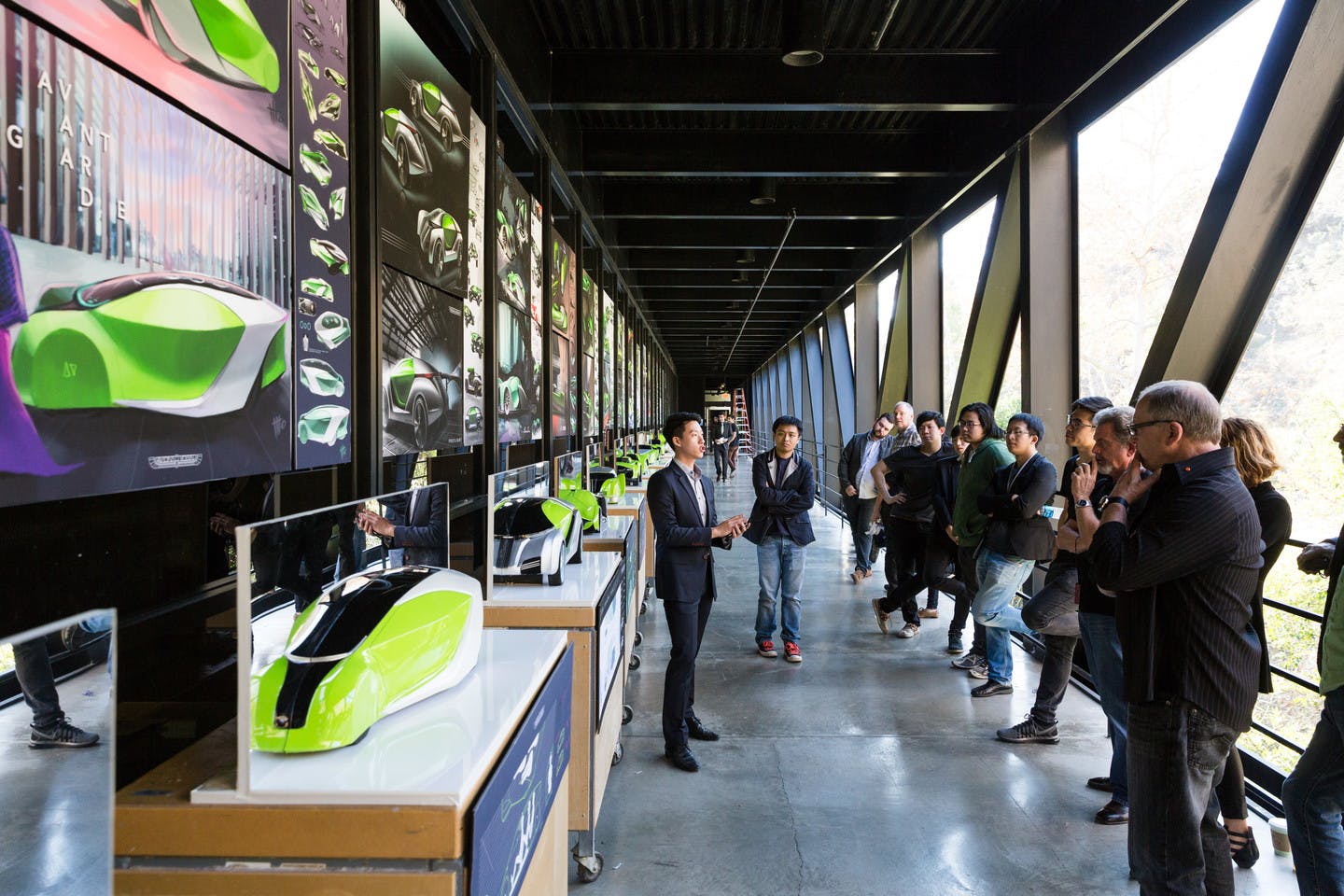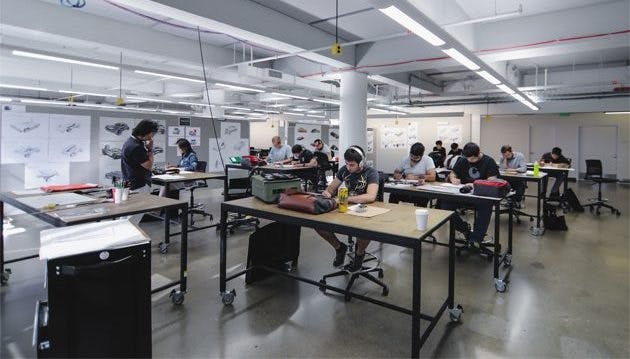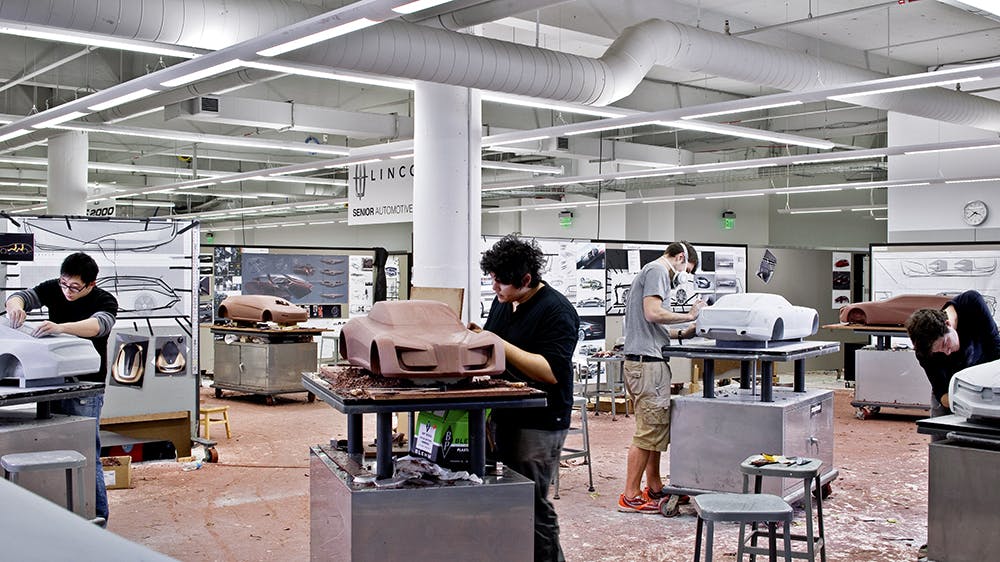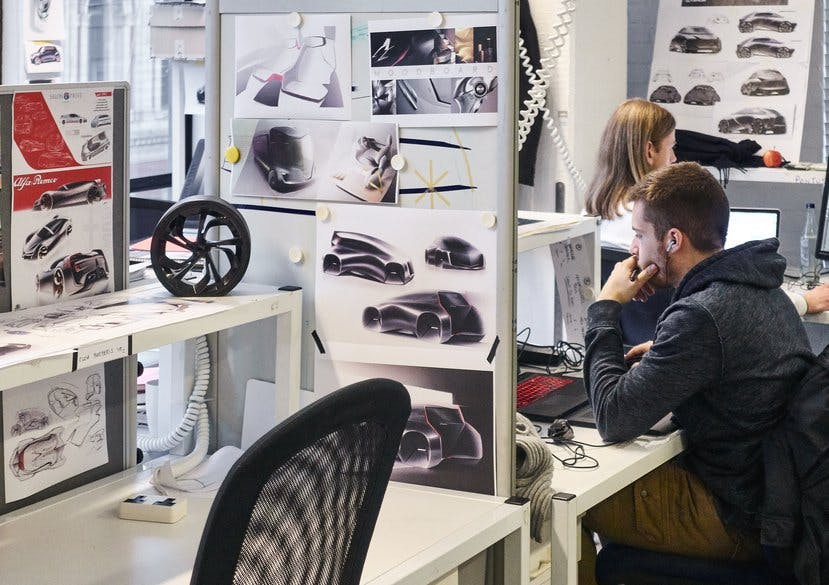So you want to be a car designer? Our industry insider peels back the studio curtain
Hello there! My name is Adrian Clarke. I am a professional car designer, earning a degree in automotive design from Coventry University and a Masters in Vehicle Design from the Royal College of Art in London. While I was there, one of my tutors was J Mays. (He used to bring in doughnuts.) I worked for several years at a major European OEM before the pandemic knocked the world into a cocked hat. In a previous life, in the Nineties, I daily drove a 1979 Ford Thunderbird while living in London. Read more about the real world of car design here.
One night, I found myself at one of those trendy inner-city pop-ups (the perils of having peers half your age). You know the sort of place: A derelict space haphazardly stuffed with street food vendors, craft beer bars, lights on a string, twenty-somethings wearing fifty-something thrift store clothing.
And there’s nowhere to sit.
Outside having a cigarette (wherever I find myself I always find the smoking area is where the real networking takes place) a young guy approached me:
“Wow, you look really cool man, are you in a band?” (I get this a lot. I can’t play a thing.)
“No, actually I design cars for a living.”
“THAT IS SO COOL!” Young guy runs off, comes back two minutes later with all his friends “Tell them what you do for a living!”
“I pretty much get paid for drawing cars all day.” (A gross simplification, of course.)
For better or worse, car designers are perceived as the rock stars of the industry. Everybody likes to say they designed something, as if just mentioning the word elevates their half-baked eyesores above the ordinary. How many times have you had to smile appreciatively while grimacing internally as a distant relative proudly shows you something they “designed”, as if eagerness makes up for lack of formal training and talent?
There’s lots of enthusiastic amateurs posting their work on social media, and some of it even gets picked up by automotive websites (the content monster must be fed, after all) but no one ever got a job based on Instagram likes. If you are looking to get into car design, make no mistake: an automotive design bachelor’s degree is the minimum price of entry, and a masters is preferable.
It’s a big ask for students and parents to study for a further two years after three years at undergrad level, but it takes that long to fully develop the vocational skills and thinking necessary. (I knew I was not quite where I needed to be skills wise after graduation from Coventry, although my final project was killer and well received.) Only the most talented will get in. Post grad schools generally accept only 20-30 students a year, out of hundreds of applications; they’ve got their reputations to consider. The painful truth is there are more automotive design graduates than there are jobs available.
Your choice of design school is going to be determined largely by where you live; the most renowned design schools are in the U.S. and Europe. Art Center in Pasadena and the Center for Creative Studies in Detroit are world-class institutions with a long history of supplying talent to domestic OEMs. In Europe, Hochschule Pforzheim in Germany, Scuola Politecnica di Design in Milan, IAAD in Turin, UMEA in Sweden, Strate School of Design in Paris, and the Royal College of Art in London all offer masters degrees taught in English: European OEMs take most of their new hires from these institutions.
Costs vary wildly depending on whether you are an international or domestic student (although it’s worth noting U.S. universities make no distinction in terms of fees levied). EU students benefit from massively subsidized fees and the ability to live and study anywhere within the bloc without a visa, but U.K. students no longer enjoy this advantage (thanks Brexit!). U.S. students could conceivably study in Europe or the UK and still come out in front financially and have the benefit of living and studying overseas for a couple of years, given the extremely high cost of American tuition.
Online courses offered for a few hundred dollars are not a substitute. Aside from the fact that colleges and universities will get you in the shop window with OEMs, you need critical feedback (and to develop the ability to take it) from professionals with industry experience. Once I was working on a project, developing a model in 3D, when J (Mays) came and sat next to me and said I should change the high point of my front wheel arch. Changing my model very slowly (because I didn’t agree with him), he said to me “what you’re doing there Adrian is known as a f—k you J, because you don’t want to really change it. Remember that studios are looking for people who can take direction.” That project was a success, although later he did tell me he thought my way of doing it would have looked better.
So what skills does an aspiring designer need? Being able to draw cars is obviously a prerequisite—it’s how you communicate your ideas. I am firmly of the belief that sketching is a teachable skill, but the real talent lies in understanding the relationships between various parts; how headlights relate to fenders, the angle of the windshield to the front axle line, how feature lines define surfaces, how the C-pillar relates to the rear wheels, whether the overhangs are correct for driveline layout and so on. These are crucial to making a car look right. A car designer once said to me: “To really understand the shape of car you should wash it by hand.”
But sketching and rendering is only a portion of what a designer actually does (as you’ve probably gathered from previous articles in this series). Beyond that is an ability to translate your designs into 3D. Most college projects will contain a 3D element, presented as a physical or digital model. You don’t need to be an expert modeler (that is a separate role after all), but you should make a passable digital representation of your design. You will be expected to make a fourth or fifth scale model of your final major project for your graduation show, which may cost thousands of dollars, depending on the facilities available at your college. It’s a lot of money, but it quickly tells prospective employers about your time management skills, understanding of form, of stance and proportions. And it sells your big idea.

The Big Idea was coined by legendary ad man George Lois: “If you can’t express your thinking concisely and surprisingly—and literally communicate it visually in a nanosecond—it’s not a Big Idea.” Being able to distill your thinking into an elevator pitch might seem facile, but professional designers are busy people drowning in portfolios, so catching their attention quickly (and then keeping it!) will make sure they remember you come hiring time. If a student is waffling on for ten minutes about how their project is going to solve urban congestion, dependence on fossil fuels, solve climate change and generally save the world, my mind is already wandering towards a cup of coffee. I’ve heard it all before.
I learned this because I wasn’t just interested in car design alone – anything to do with the creative industries fascinated me. When I work with students I encourage them to look beyond the usual design cliches such as Apple, Braun, the advertising of The Designers Republic or the concept art of Daniel Simon (who is a trained car designer, having worked at Volkswagen). A good designer should recognize creativity is a broad church and read up on branding, marketing, manufacturing as well as the industry at large. I’ve seen students who just want to design performance cars because that’s all they are interested in; they rarely succeed because you need to have a much wider focus than that.
The influence of social media and the deluge of postmodernism in recent years coupled with the infatuation of eighties cultural touchstones has resulted in the temptation to rehash and regurgitate tired cliches over and over again. Studios want to see something new which resonates emotionally not because it pushes nostalgia buttons but because it fulfills a real or perceived need in a logical and aesthetically coherent and pleasing way.
You need a portfolio to present to perspective colleges, and it should be edited ruthlessly. It should go without saying, but only include your strongest work: Four or five really strong projects on their own, not padded with weaker or not relevant work. Try to strike a balance between conceptual and almost production ready. By the time you are ready for post-grad, you should have a good idea of what you want to do—avoid having lots of dazzling sports cars if you want to work for a commercial vehicle company. Likewise, don’t include model process photos if you don’t want to be a modeler. Also avoid walls of text or complex graphs with unrealistic personas; nothing makes a designer’s eyes glaze over quicker. Studios want to see great sketches and renders, you should be able to communicate your intent through a few well chosen mood images.

Finally you need to cultivate the right personality to fit into a design studio, which is another invaluable skill you can only learn in college. One of my tutors told me a design studio is no place for egos. It’s not an employment utopia, it’s a workplace like anywhere else. You are going to end up working on projects that are not yours, with people you may not like, or have your work sequestered and handed to someone else.
You need to be confident in your work and be able to sell it, but once your pitch is done and not selected, you move onto the next thing. I’ve worked on projects for months only to be put onto something else, and then have to endure a similar project popping up months later with a different team working on it. I’ve designed things that have been picked, only to be pulled off the project and find it’s been handed elsewhere for development. And I’ve spent months working on a car for production, only for it to be canceled at the last minute. All of that is professionally painful, but it’s far outweighed by the pride and sense of ownership I feel by seeing something on the road and being able to say “I worked on that.”

